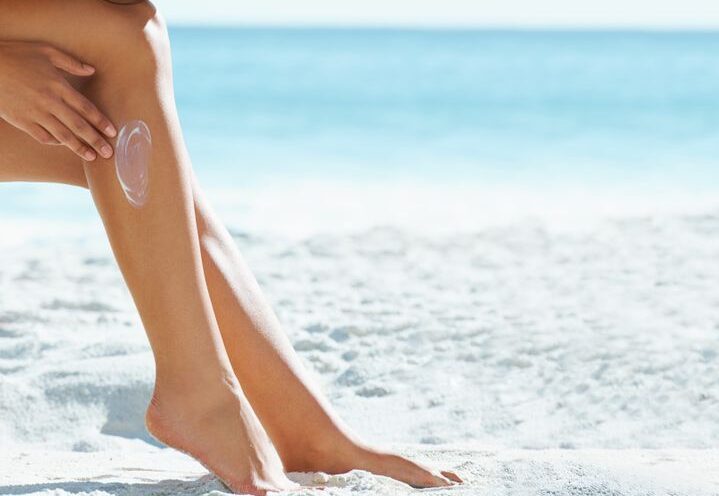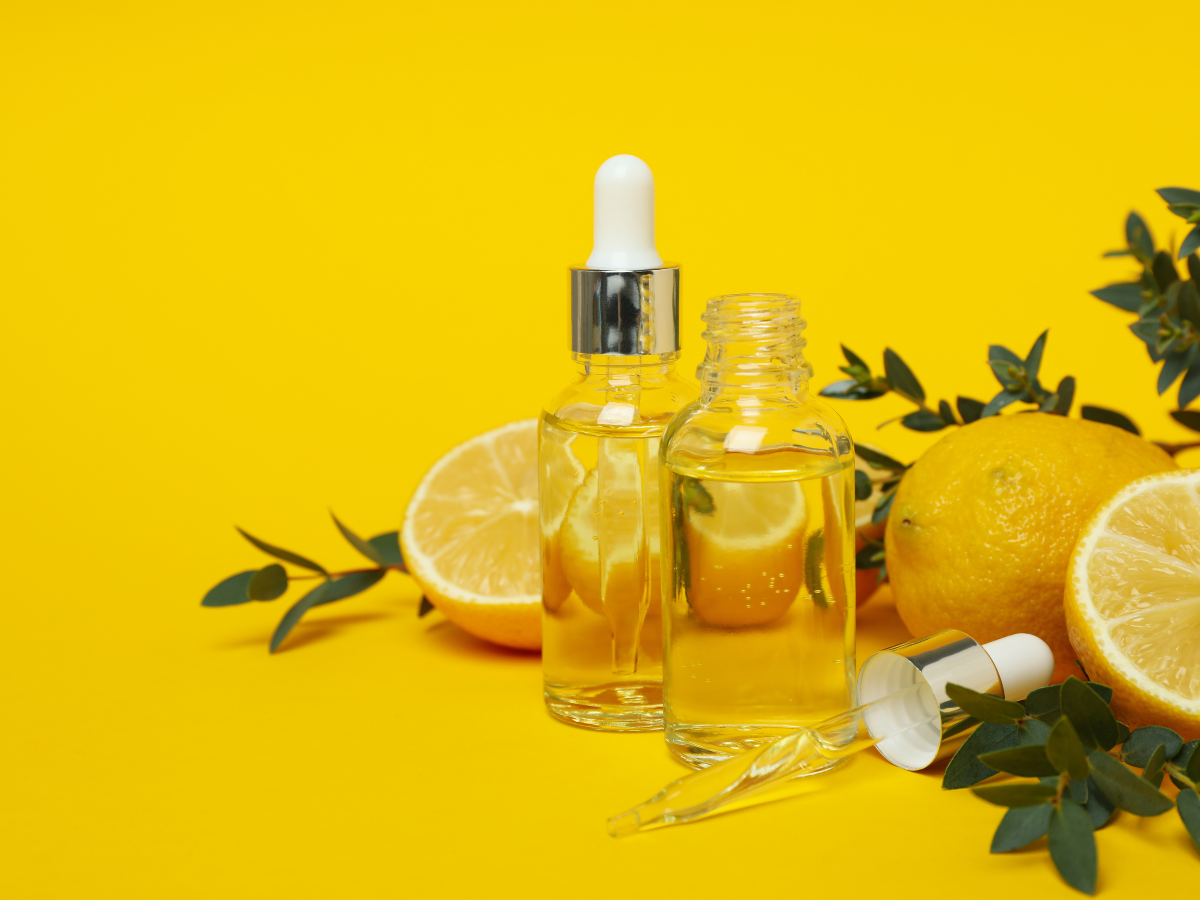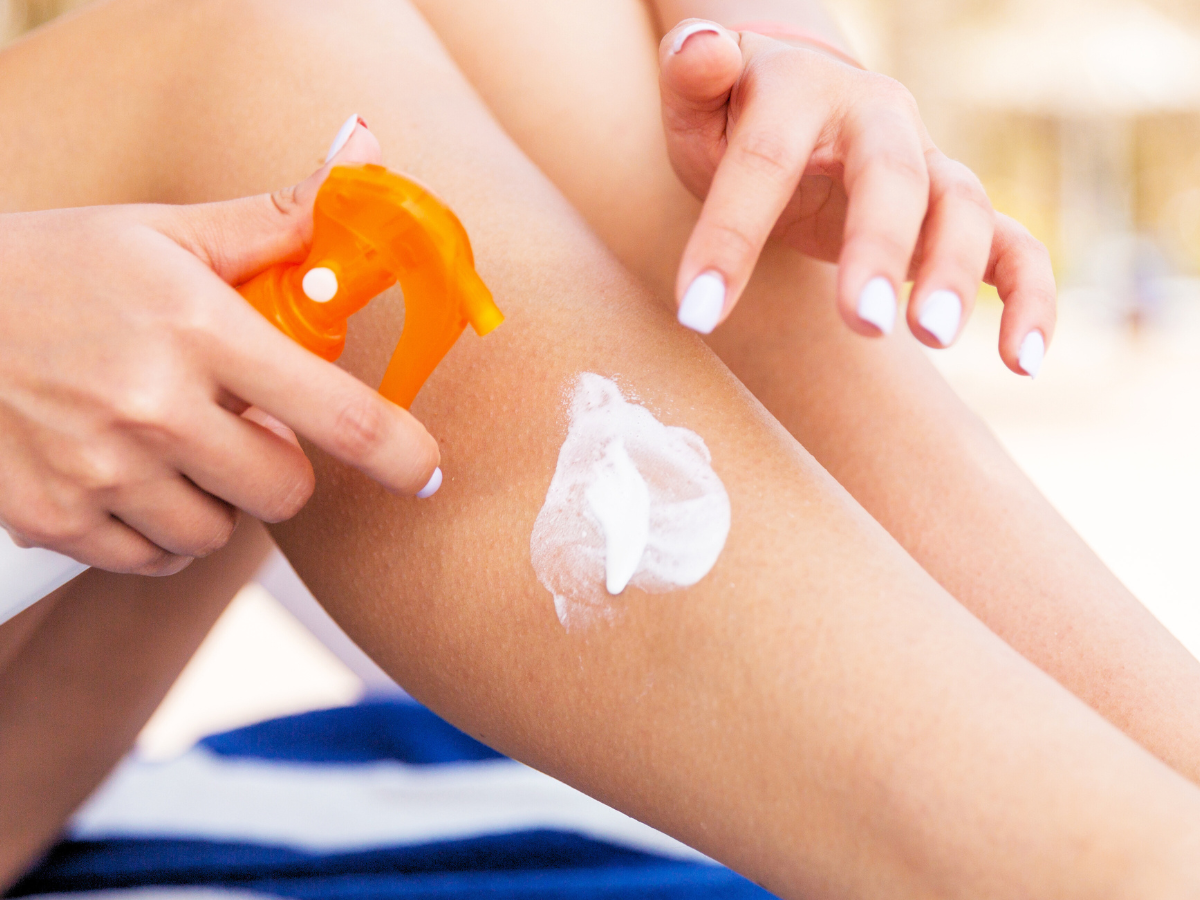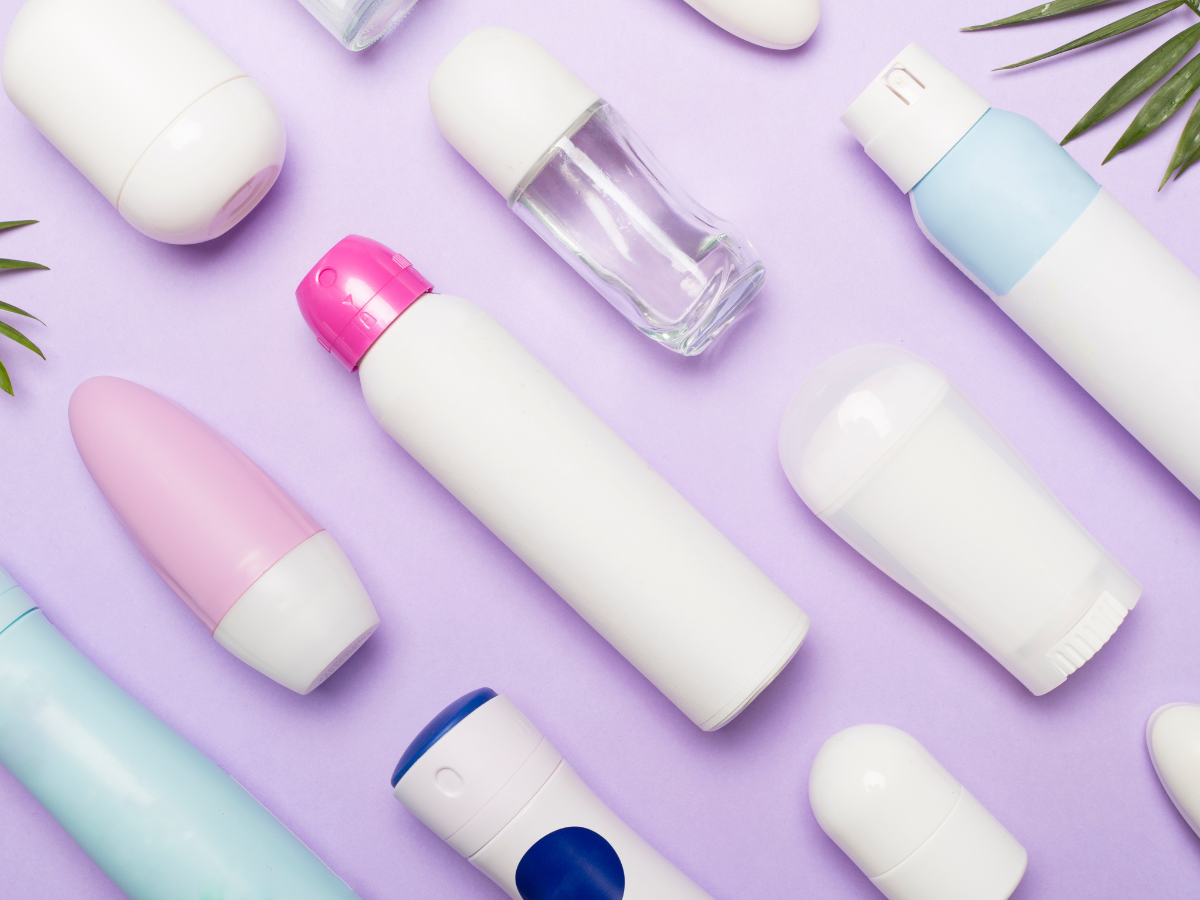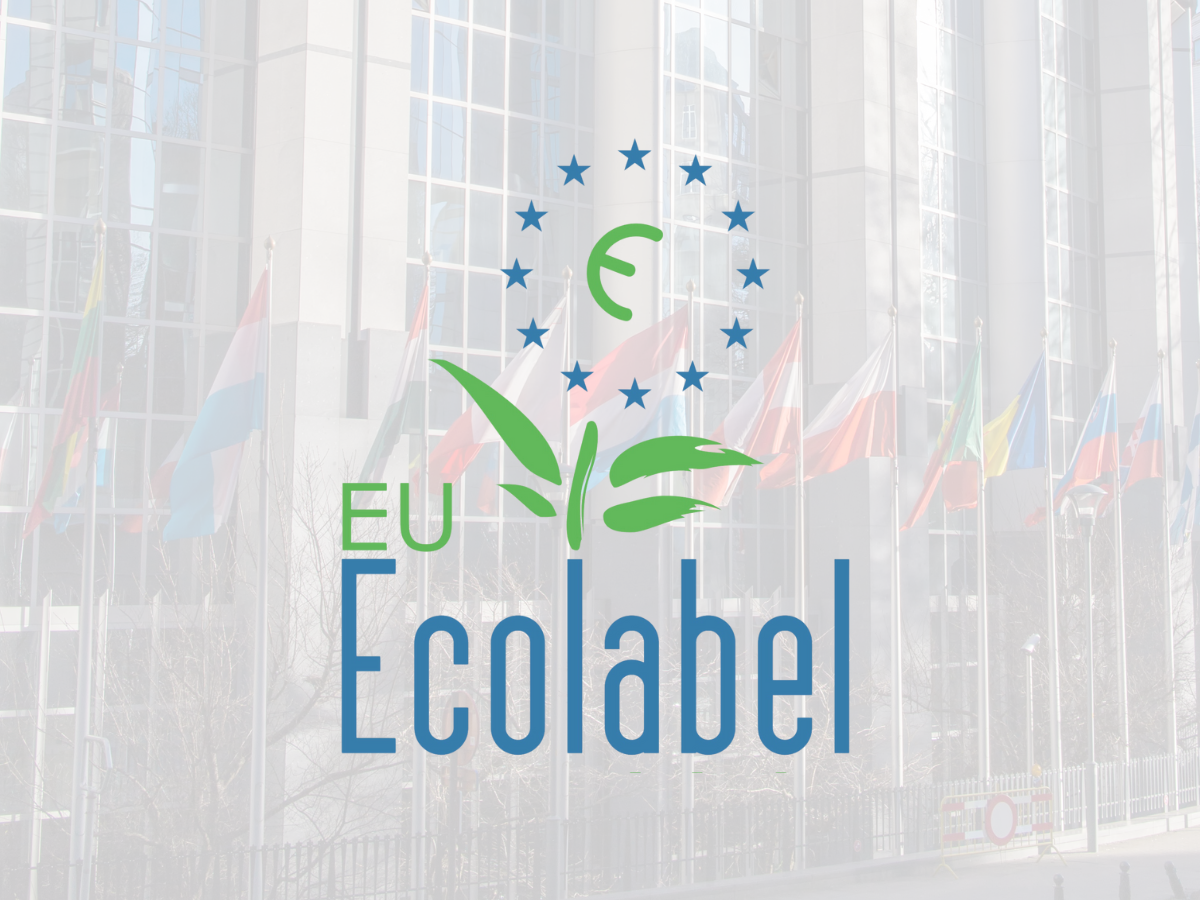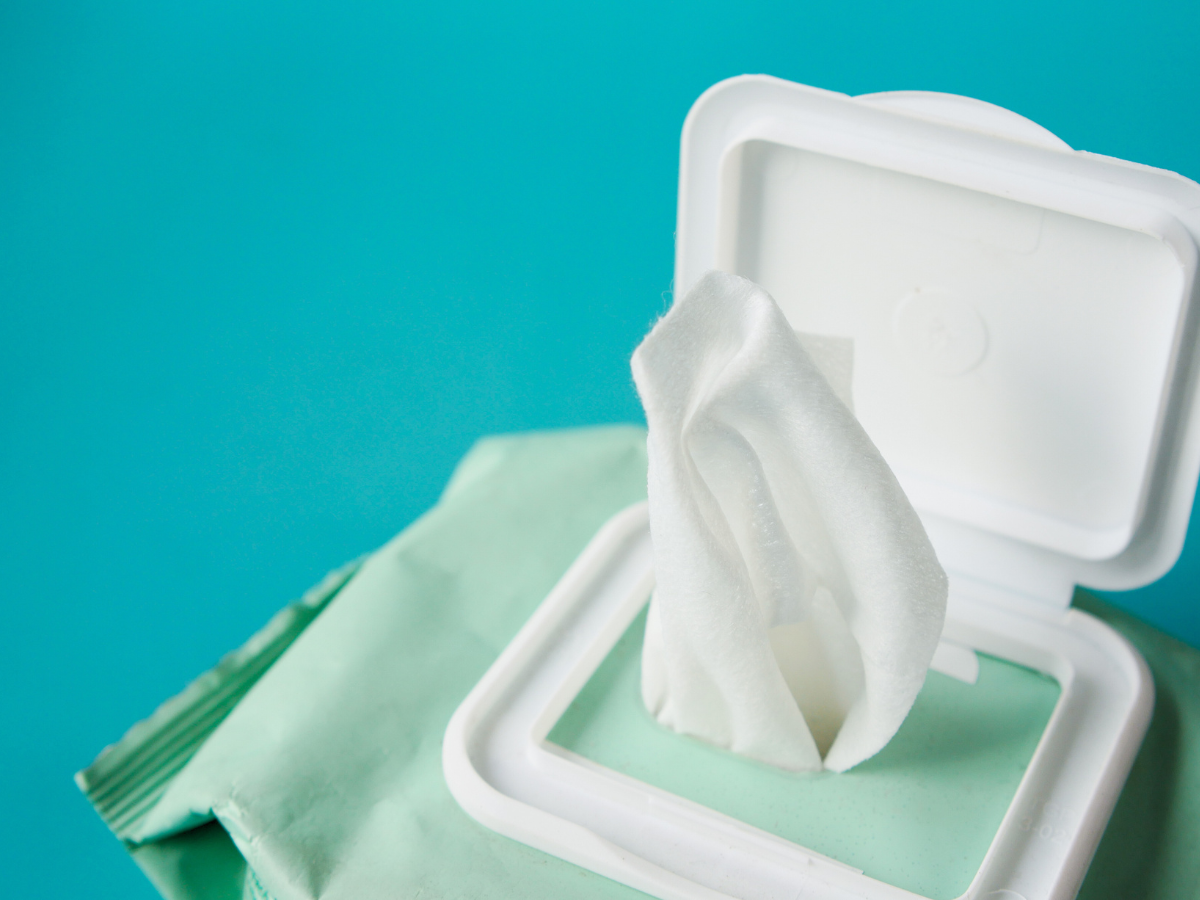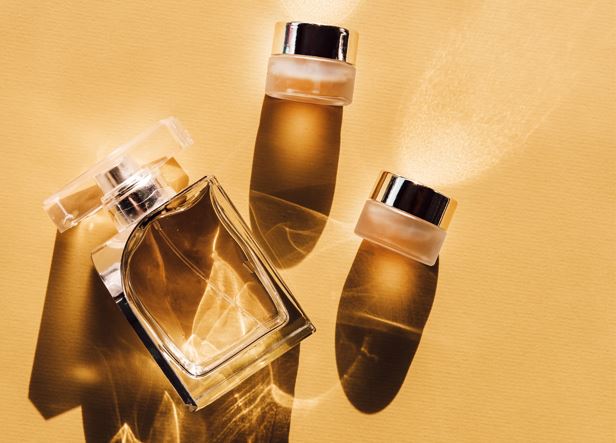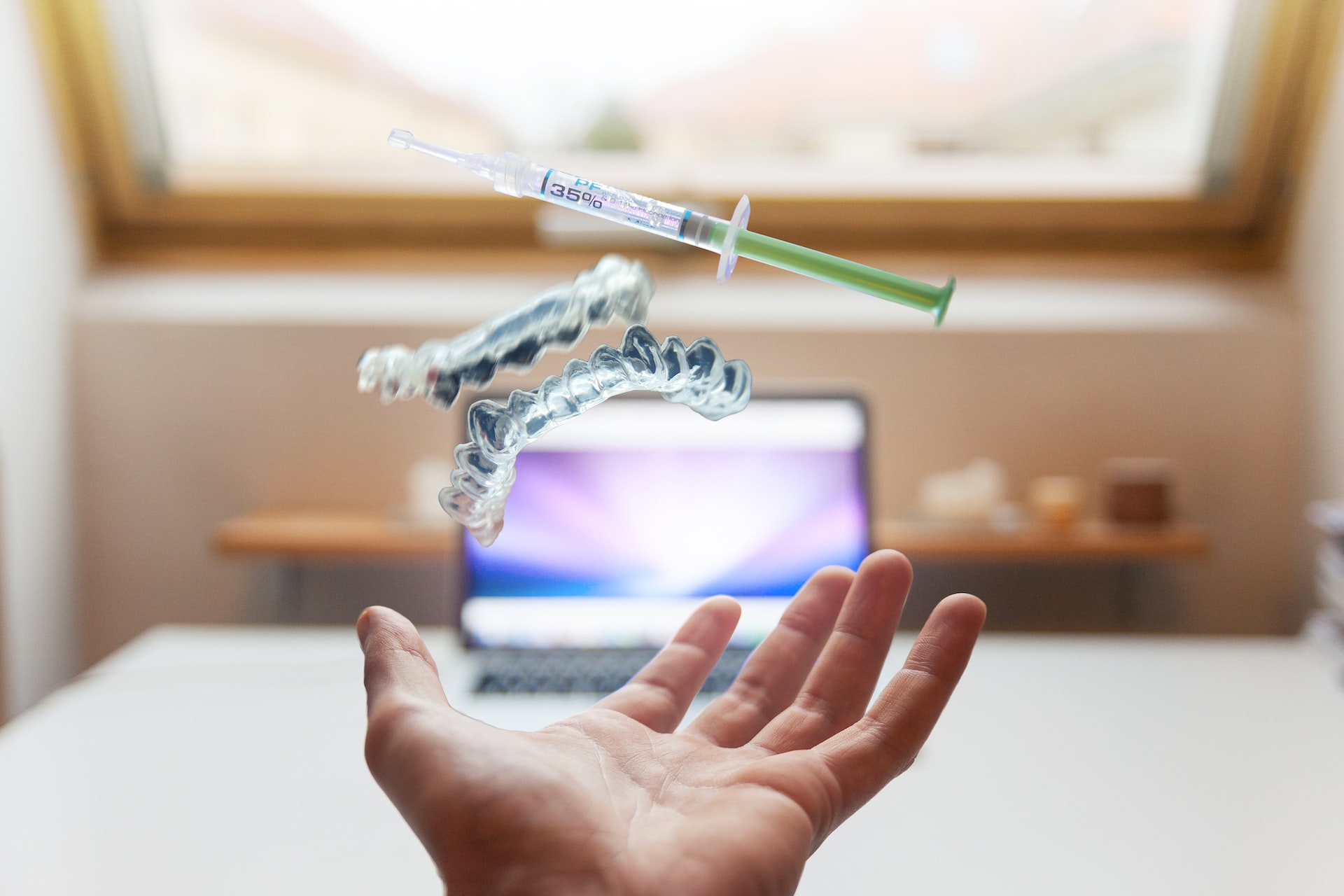OCTOCRYLENE
Octocrylene is a substituted acrylate and is used as a light stabilizer, UV absorber and UV filter in cosmetic and personal care products.
According to the Cosmetics Regulation (No. 1223/2009), Octocrylene is included in the list of UV filters allowed in cosmetic products (Annex VI, entry 10). Octocrylene is allowed up to a concentration of 10% (as acid) in cosmetic products, as an UV filter.
In early 2019, a priority list of 28 potential endocrine disruptors (not already covered by the bans of cosmetic regulation) was established by the Commission. From these 28 substances, 14 were considered as higher priority (Group A), which included Octocrylene. The European Commission’s Scientific Committee on Consumer Safety (SCCS) was asked to assess the safety of these ingredients. Stakeholders submitted scientific evidence (during the call for data) aiming to demonstrate the safety of Octocrylene as UV filters in cosmetic products.
In March this year, the SCCS published its opinion on Octocrylene. Considering the concerns related to its potential endocrine disrupting properties, the SCCS concluded that Octocrylene is safe as a UV-filter at concentrations up to 10% in cosmetic products when used individually. Octocrylene was also considered safe for a combined use of sunscreen cream or lotion, sunscreen pump spray, face cream, hand cream and lipstick at a concentration up to 10% (in line with current restrictions). However, the SCCS concluded that Octocrylene at concentrations of 10% or above in sunscreen propellant spray is not safe for the combined use. In such products, the Committee considers that Octocrylene is safe if its concentration does not exceed 9% when used together with face cream, hand cream and lipstick containing 10% Octocrylene.
The SCCS stated that “whilst there are indications from some in vivo studies to suggest that Octocrylene may have endocrine effects, the evidence is not conclusive enough at present to enable deriving a specific endocrine-related toxicological point of departure for use in safety assessment”.
Although contact sensitization to Octocrylene has been reported, the number of reported cases of allergic contact dermatitis seems to be negligible taking into account the widespread use of this ingredient. Photoallergy to Octocrylene is strongly related to previous photoallergy to topical ketoprofen.
UPCOMING AMENDMENT TO COSMETICS REGULATION
In October 14th, the European Commission has communicated to the WTO (World Trade Organization) a draft Regulation to introduce new use restrictions for two UV filters (Octocrylene and Benzophenone-3).
Following the SCCS opinions, the European Commission states that “it can be concluded that there is a potential risk to human health arising from the use of Benzophenone-3 and Octocrylene as UV filters in cosmetic products in the concentrations currently allowed. Therefore, the use of Benzophenone-3 and Octocrylene should be restricted to the maximum concentrations proposed by the SCCS.“ Regulation (EC) No 1223/2009 will be amended accordingly.
In sum, the maximum concentration allowed for Octocrylene will be 9% (instead of 10%) in propellant spray products.
Reasonable periods of time will be granted to the industry in order to make the necessary adjustments to product formulations and comply with new requirements and withdraw cosmetic products which do not comply with those requirements.
The amendments to the Regulation will enter into force 20 days after its publication in the Official Journal of the European Union.
If you wish to get more information on this subject or others, feel free to contact us at info@criticalcatalyst.com.
References:
- Regulation (EC) No 1223/2009 of the European Parliament and of the Council of 30 November 2009 on cosmetic products.
- Scientific Committee on Consumer Safety (SCCS). Opinion on Octocrylene. SCCS/1627/21. 2021.

